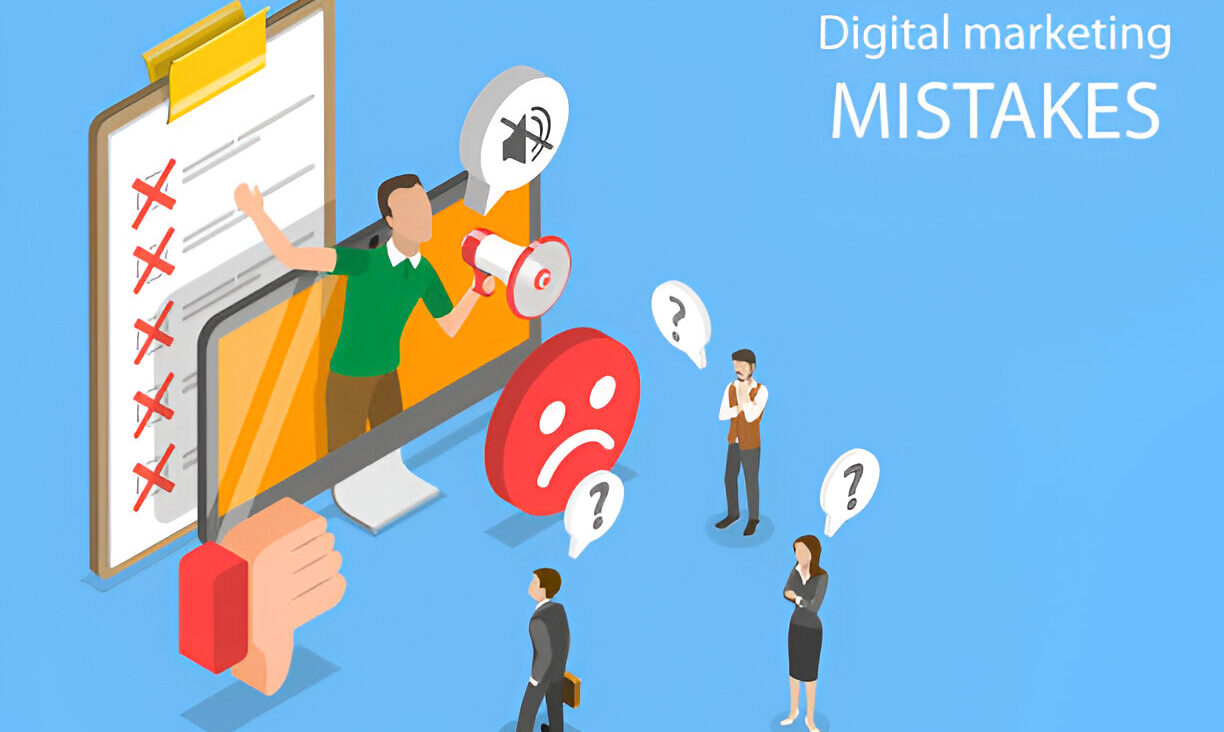Not all stories for training are successful in engaging learners. Stories that are mainly entertaining without being relevant can waste people’s time and annoy them. It may be fun to add a Mission: Impossible or Wild West bank heist theme to your corporate training, but is it the best way to engage your learners? In most cases, I don’t think it’s effective to add something completely unrelated to the content itself. In fact, it can backfire, as some companies have learned.

Is a remote island the best setting?
Let’s take the example of employee training. You can set up a story about an adventure on a remote island, where you explore different parts of the island to find information about your company. You can have flashy animation and professional voice actors, maybe 3D avatars showing all the adventures on the island. However, this is probably not the best setup for training.
Use relevant context for stories
Not all stories for training are created equal. Relevant context is critical. Instead of a remote island, I think it would be more interesting to show the journey of a new employee in the company. If you create a completely false context for learning, you can actually reduce transfer to the job. In general, the more realistic the context for practice, the easier it is to transfer those skills to your real job.
I also hate sending learners the unspoken message that “your job is so boring that the only way we can get you to learn about it is with a silly story about a remote island.” Of course, no one sends that message on purpose, but it can be the result.
A little exaggeration is fine
How about keeping the context relevant but exaggerating it a bit? You can exaggerate a little for humor or drama, depending on the culture, as long as the main plot stays within the context of the work. A little exaggeration can heighten the emotional stakes and make the story more compelling without making it completely unrealistic.
You can even exaggerate beyond the point of realism. I once saw a great onboarding with intros to the team roles as sort of super versions of themselves. The multimedia developer had superpowers of visual design; the project manager could juggle 10 projects at once. It was exaggerated and lighthearted, but it also highlighted the relevant parts of each role. It’s a difficult balance, and it depends a lot on the company culture. Some companies are less open to that kind of playfulness.
Fantasy in games and stories to learn
Like everything in instructional design, the best approach depends on several factors. In some situations, a less realistic setting, even a fantasy setting, may be more effective. When does fantasy work in games and stories for learning? Karl Kapp summarized several studies showing that fantasy can support learning.
With fantasy, feedback is conveyed in a safe environment with specific, but not catastrophic, consequences for failure. The fantasy of dealing with say a zombie means that failure and experimentation are allowed and encouraged. People learn from failure more than immediate success. The fantasy environment allows for failure and re-engagement with the content over and over again, leading to mastery.
We also know that if a simulation provides the same cognitive activities as the real situation, the skills can be transferred to the real in-the-field situation.
Karl Kapp, emphasis mine
Note the last sentence above: “The same cognitive activities” must be used in the fantasy to be effective. You might use a less realistic story IF you use that story to help people make the same kinds of decisions they have to make on the job.
My understanding of the research is that it does not fundamentally contradict the idea of making the stories relevant. If your story is just an entertaining wrapper applied to training to distract from boring content, then it’s probably not going to work. If you can create a story that offers parallels in practice activities, it is still cognitively relevant.
However, I think it’s harder to use fantasy well, so for most workplace training, it’s easier to create a realistic, relevant story. If your audience is extremely diverse and works in many different environments and roles, it will make it more difficult to create a single relevant environment. In that case, a fantasy setting might be a better choice. An environment outside of everyone’s daily reality can make the training serve everyone equally. But if this is the case, it’s also worth considering your audience analysis and whether it would be more effective to create multiple scenarios tailored to different personas.
If you do choose a fantasy setting, I recommend testing it with your audience to make sure the setting really resonates with them and translates to their actual work.
Tips for relevant stories
Now that you know the “why” for relevant stories, let’s focus on the “how.” How do you make your stories relevant?
- Identifiable characters: Learners must be able to identify with the characters in the story, especially the protagonist. The main character who makes decisions should be similar to the learners, both in role and in other characteristics, if possible.
- Obstacles: The obstacles the protagonist faces must be realistic and relevant.
- Decisions: If there is a simulation, the decisions learners make should be the kind of decisions you want them to practice.
- Distractors: The distractors should be plausible errors, ideally common errors.
- Consequences: The consequences for decisions must be realistic (if a wrong choice will result in the customer becoming angry, show it). Whenever possible, show the realistic consequences rather than just telling people they made the wrong choice.
Choose relevance over entertainment
When faced with the choice between an entertaining story that doesn’t directly connect to your learners’ work and a relevant story that highlights their actual day-to-day work, choose relevance. Don’t strand your learners on a remote island.
================
AISKILLSOURCE.COM










